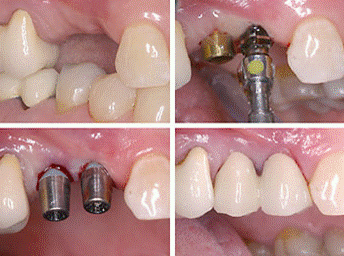
Braces, or “tooth clips” as they are more commonly called in India, is a routine treatment for a condition known in dentistry as “malocclusion,” which means your teeth are not perfectly set. This could be either because they are crowded or crooked or because your jaw is not in perfect alignment. If your lower and upper jaws do not meet properly when you close your mouth, it’s called a “bad bite.” Such tooth and jaw alignment problems could occur due to injuries, thumb-sucking in childhood or simply malformation at birth.
Dental braces are usually recommended for children while they’re growing up. Flaws in jaw structure, protruding teeth, cross bites, and other problems become apparent in children from the age of 6 onwards. If a child is given braces from the age of 8 to 14, he/she gets optimal results. This does not mean that adults can’t get braces. It’s just that cosmetic or structural dental defects can easily be corrected in growing children. These days “orthodontics,” the branch of dentistry that deals with tooth and jaw reshaping, is sufficiently advanced to treat teeth displacement and jaw irregularities at any age, given moderate bone health.
Dr. Jayanti R. Patel advises that you take kids to the dentist by age 8 if you observe uneven teeth or bad bite. For adults, he recommends braces or other orthodontic treatment to straighten out irregular jaws or to produce a nice smile. The reason to go for perfect jaw alignment is not cosmetic. A proper smile, in addition to beauty, gives you good oral health. Failing to correct crooked teeth or misaligned jaws can result in tooth decay due to food stuck in gaps between teeth, periodontal gum disease, speech impediment and chewing problems.
Modern orthodontic treatment offers a variety of options such as.
